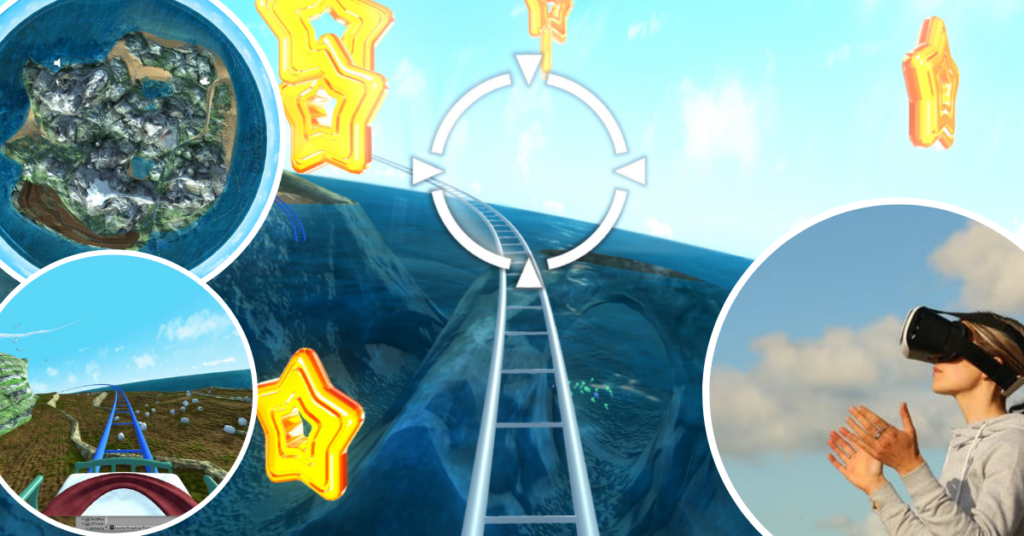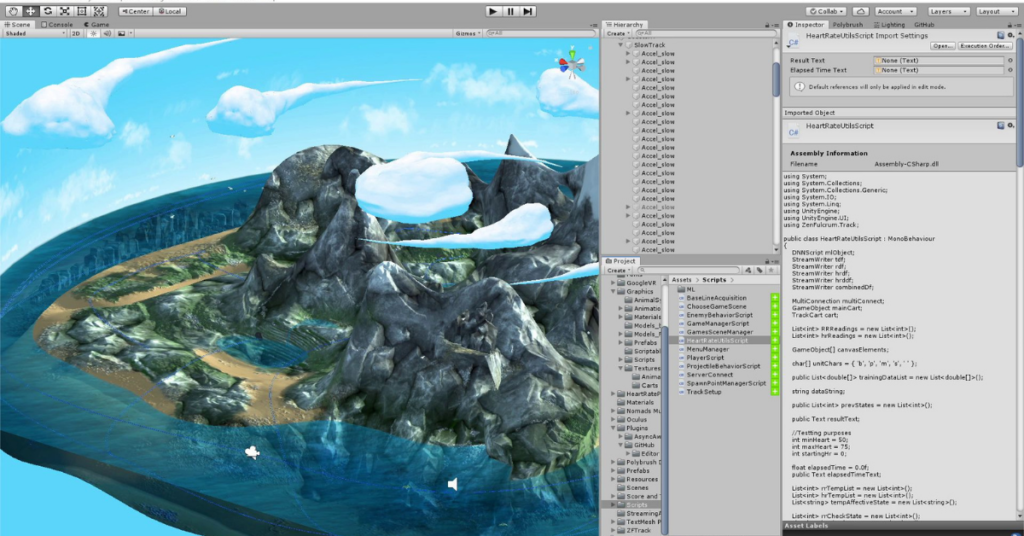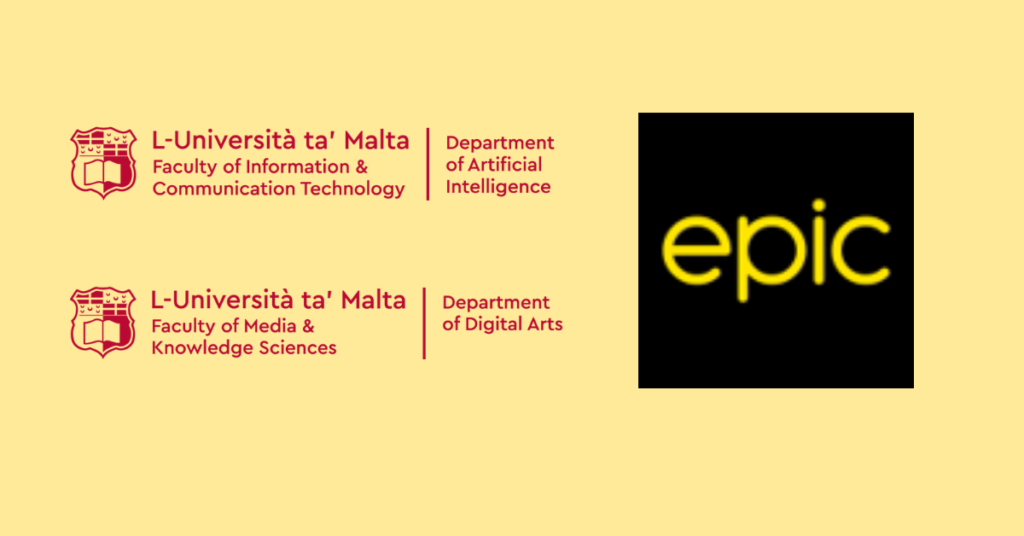Groundbreaking Maltese AI-Powered VR Game Reduces Patient Pain Levels By Up To 80%

A virtual reality game driven by artificial intelligence and produced by a Maltese research team has been able to reduce the pain felt by patients by up to 80% by distracting them from what is going on in the real world.
The game – Morpheus – uses a technique called Distraction Therapy to immerse patients in a virtual experience that allows them to forget what is happening in the real world.
The project is funded by Epic and is a collaboration between two University of Malta research groups. Professor Alexiei Dingli from the Department of Artificial Intelligence is the principal investigator who, together with Luca Bondin, has handled the programming and AI aspects of the game.
The research and development of the visual aspect of the game was handled by Professor Vince Briffa with the assistance of Fabrizio Cali.
Unlike other technologies using Distraction Therapy, Morpheus uses AI to gauge the patients’ level of engagement and to adapt the experience in order to keep them engaged.
“By adopting this approach, we are keeping the patient in a state of “flow” where they are so immersed inside the VR environment that they completely forget what is happening in the real world,” Dingli told Lovin Malta.
While it is well documented that Distraction Therapy can reduce pain in some settings by up to 50%, the AI component to Morpheus has seen it go even further, increasing pain tolerance by up to 80% in some experiments.
Pain is one of the most powerful sensations one can feel and makes up a big part of most medical conditions, leading to a deterioration in patients’ quality of life.
Bondin pointed out that experts in the field of pain had found that pain is partially an emotional experience that can vary from one person to the next.
Research over the years, he said, has shown that feeling pain is a multistage process, starting with pain-sensitive fibers which detect pain and which send signals through the nervous system to the brain, where those signals are processed.

Morpheus uses AI to sense human emotion and adapt the virtual experience accordingly
“What Morpheus tries to do is interrupt this communication by focusing the attention resources of the brain away from the sensation of pain and onto other more pleasant thoughts,” he said.
While using a virtual reality tool to accomplish this is not new in and of itself, Dingli pointed out, with similar tools successfully halving pain experienced by burn victims, for example.
Morpheus, he said, went a step further, however.
“This we do by adding the AI factor through something known as Affective Computing,” he said. “Affective Computing is a field of AI which studies how machines can now become aware of human emotion, and more importantly, be able to react to it.
“So while previous applications often adopted a one size fits all approach through a static VR experience, Morpheus offers a different VR experience to each user through real-time adaptations that occur according to the emotional state of the player.”
As an example, he said that if players started to feel bored, rather than have them get distracted and start to focus back on the pain, the game would be able to sense this and push the experience up a notch by presenting more to challenge and stimulate the user.
If they are feeling too agitated, it would have the opposite effect.

The project is a collaboration between two University of Malta research teams and funded by Epic
“By adopting this approach, we are keeping the in a state of flow where the player is so immersed in what is happening inside the VR environment that he or she completely forgets what is happening in the real world. Essentially, during gameplay, physiological signals are read off the player through a smart watch and communicated to the game.”
Dingli said that Morpheus had started being delivered to individuals who wanted to make use of it and there has so far been considerable positive feedback.
He stressed that Morpheus was not a tool that could replace specialised medicine “that actually cures patients”, but rather is an “adjunct tool” that can be used in addition to these medicines to offer a better overall experience.
Tag someone who needs to read this
